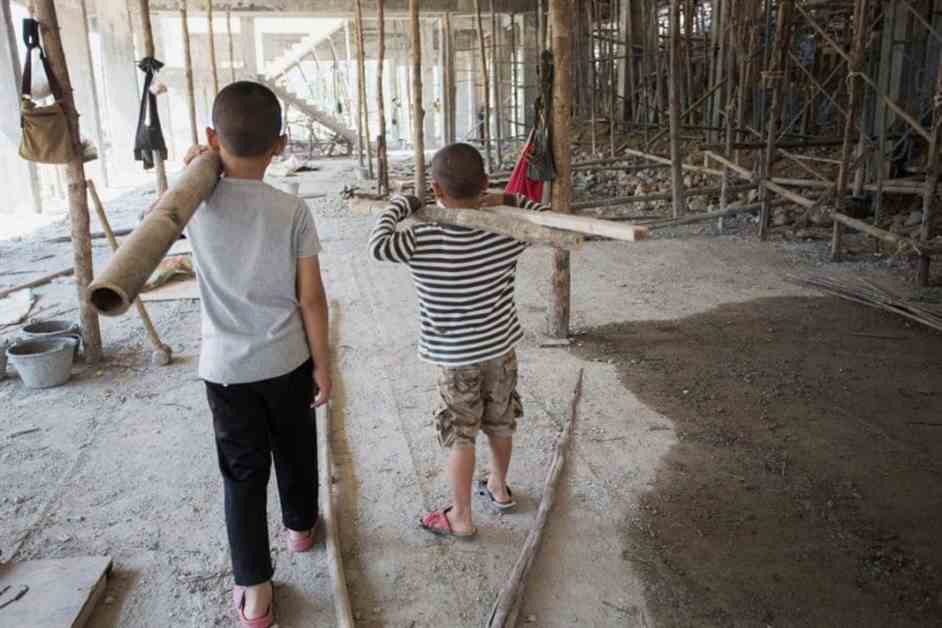In Morocco, child labor decreased by 13.4% in 2023 compared to 2022. On the sidelines of the World Day Against Child Labor celebrated on June 12, the High Commission for Planning (HCP) revealed significant progress in addressing the issue in Morocco, but also highlighted persistent challenges.
In 2023, out of the 7,775,000 Moroccan children aged 7 to 17, 110,000 were engaged in economic activities, accounting for 1.4% of this age group. This phenomenon was more prevalent in rural areas (2.8%) than urban areas (0.5%). The majority of these children were boys (85.6%), aged 15 to 17 (91.5%), and residing in rural areas (79.9%). Dropping out of school remains a major cause, with 89.1% of the children involved having left school, 2.3% never having attended, and only 8.6% still enrolled.
The number of Moroccan children in labor continued to decline, with a 13.4% decrease compared to 2022 and a 55.5% decrease compared to 2017. This downward trend reflects the impact of policies and initiatives implemented to combat this scourge.
Moroccan children in labor are mostly employed in the agriculture, forestry, and fishing sector in rural areas (74.1%). In urban areas, they are mainly employed in services (51%) and industry (28.1%). The HCP indicates that nearly six out of ten children (60.8%) in rural areas work as family helpers, while in urban areas, the majority are wage earners (56.9%), apprentices (28.6%), or family helpers (14%).
Regarding working conditions, the HCP highlights the dangers these children are exposed to. Nearly 63.3% of working children (69,000 children) perform hazardous work, accounting for 0.9% of the child population. The construction sector is the most risky, followed by industry, services, and agriculture.
Family and Socio-Economic Background
The HCP notes that the issue of child labor affects around 77,000 Moroccan households – approximately 1% of the country’s households. It is more prevalent in rural areas (55,000 households) than in urban areas (22,000 households). Large families are particularly affected: the rate increases from 0.4% for households of three people to 2.5% for those of six or more.
The education level of the head of the household also plays a key role. Households with uneducated heads are more likely to have children in labor (1.2%) compared to households with better-educated heads.
Approximately 41.5% of children in labor come from households led by farmers, while 24% come from households of laborers, and 20.8% from middle managers, employees, traders, or artisans.

